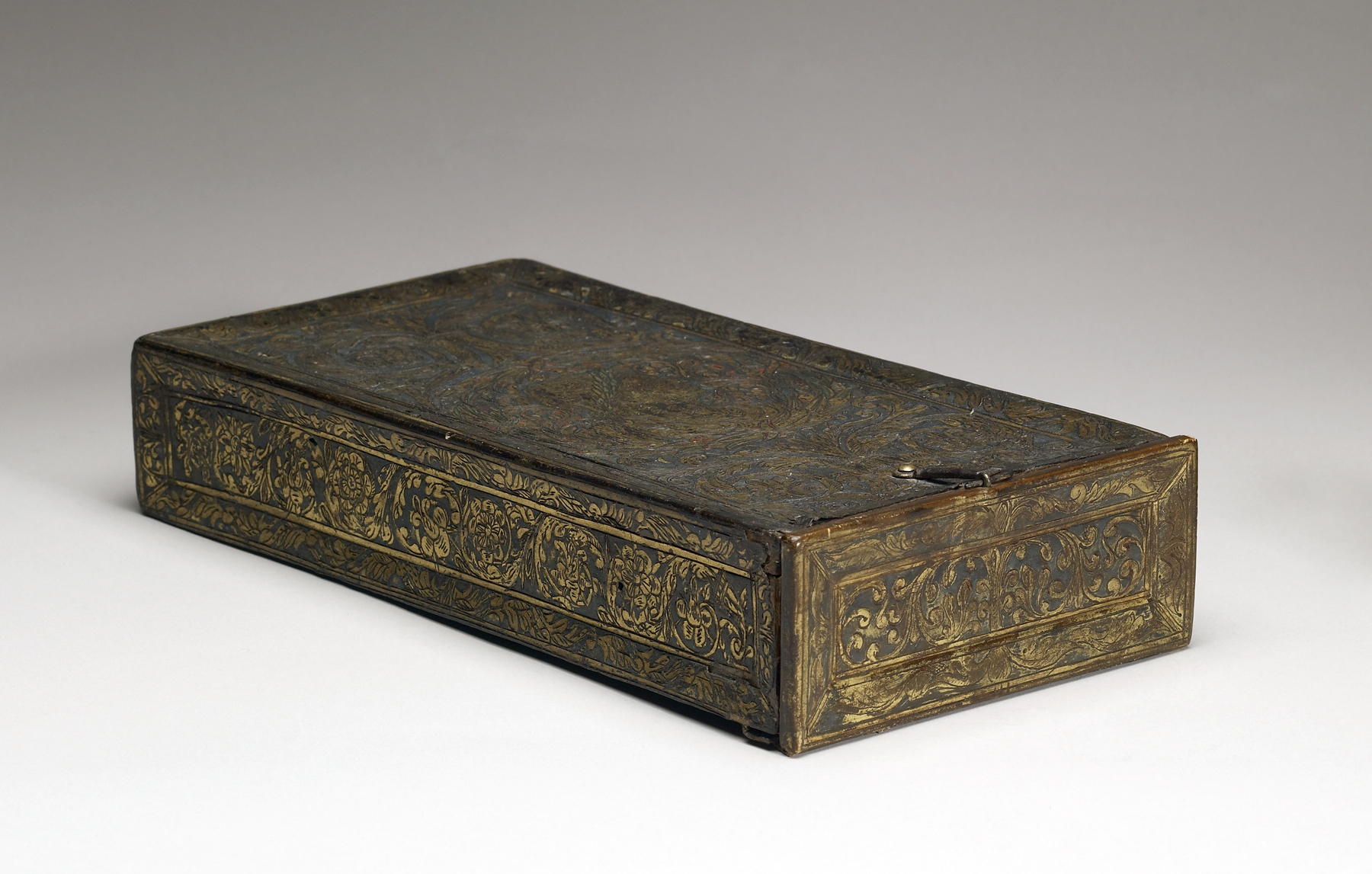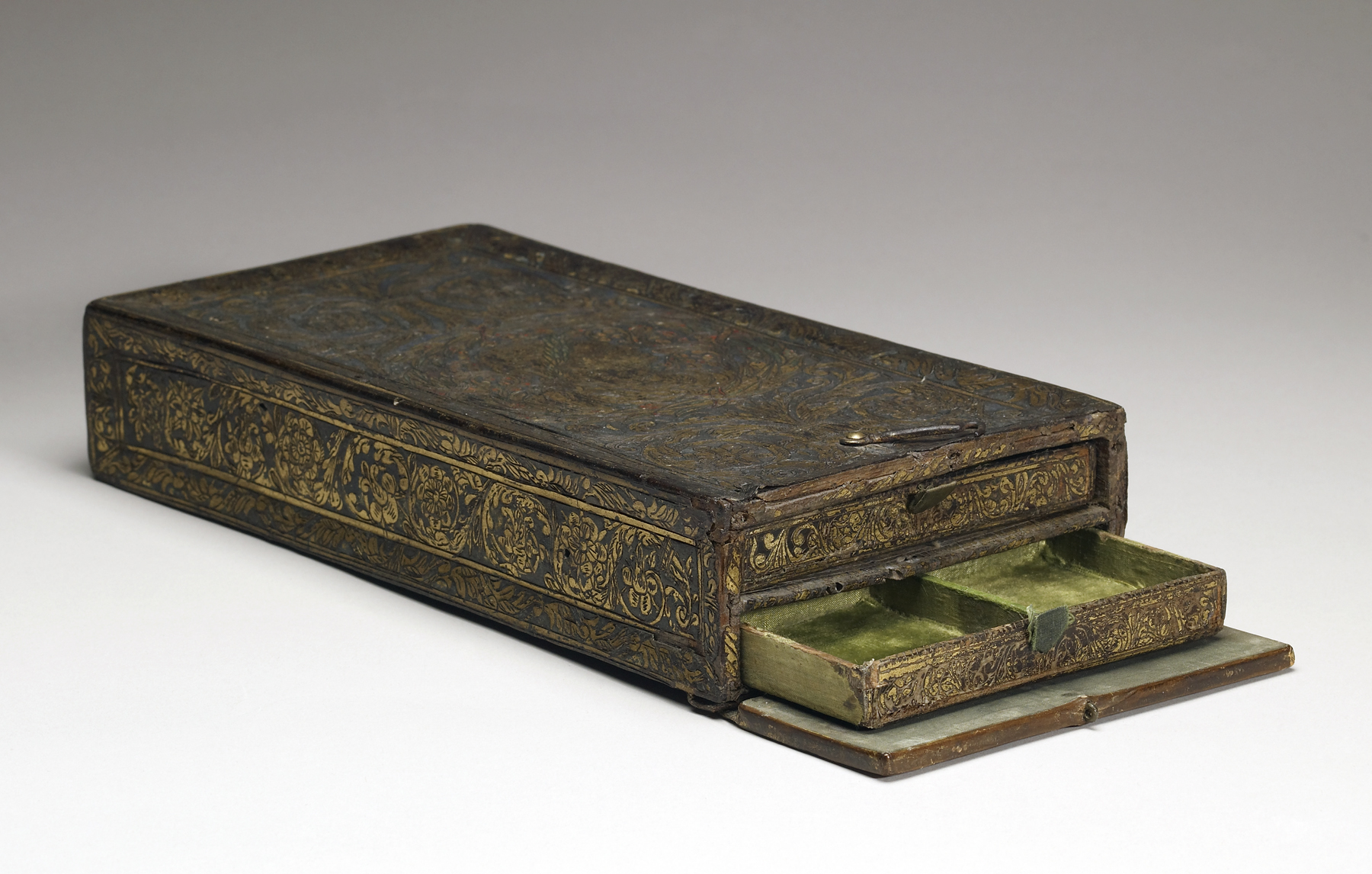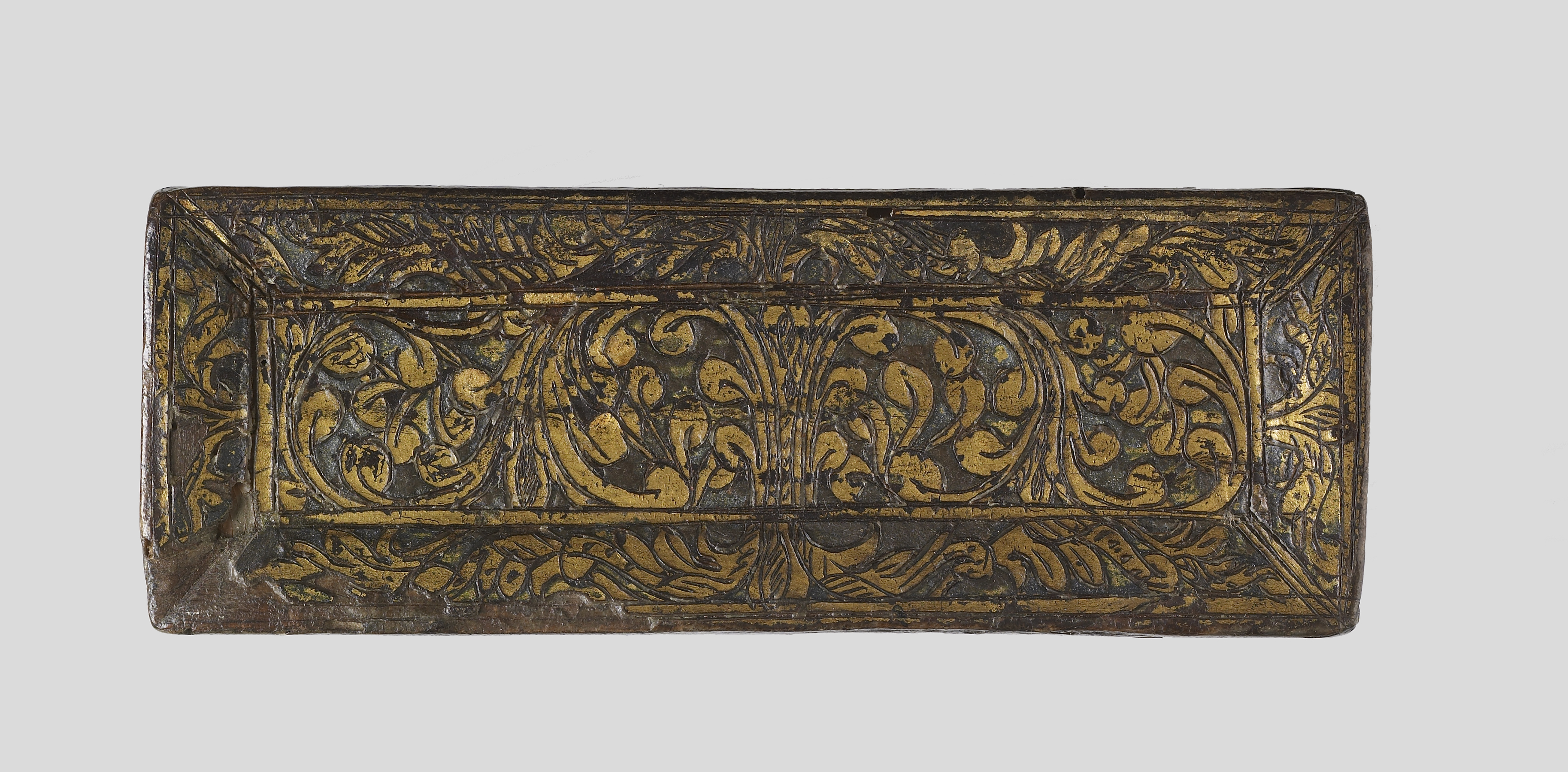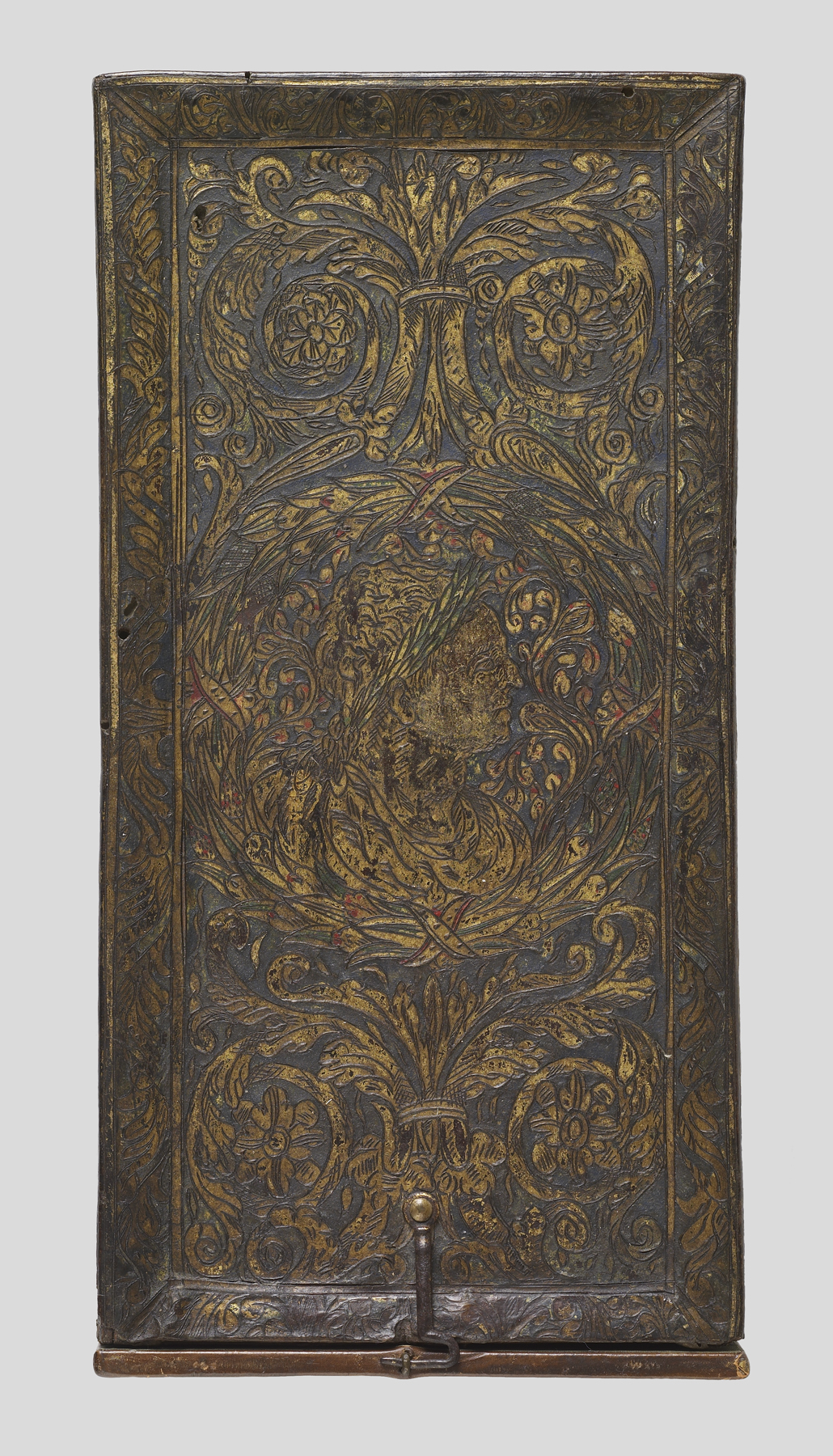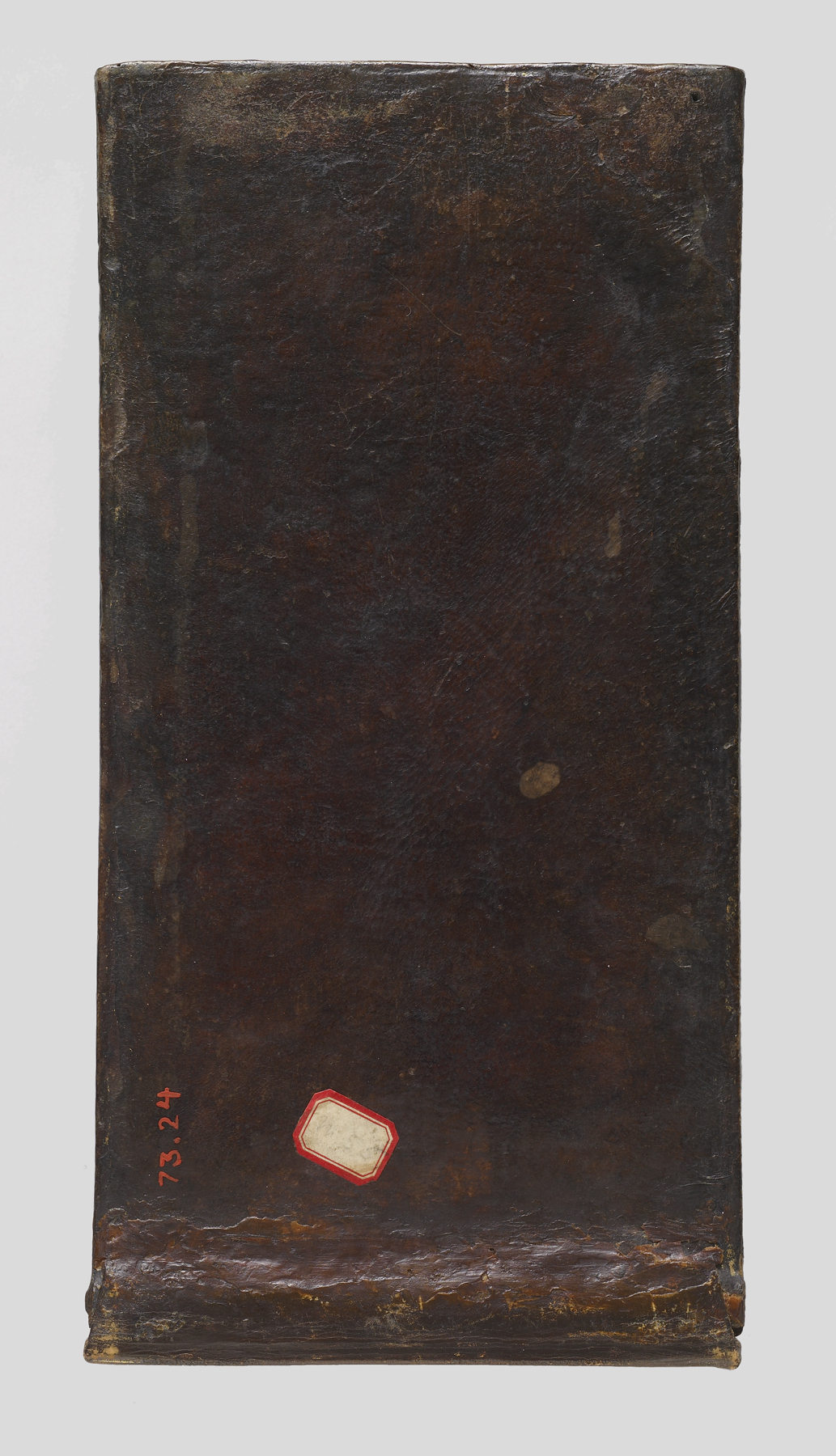Coin Box with the Bust of Julius Caesar
(Baroque Europe )
Since the top is decorated with the bust of Julius Caesar, this coin box was probably meant for Roman coins of Roman rulers. Coin collecting was popular among the educated of the 16th and 17th centuries. Coins offered historical documentation for the representation of rulers and their families, especially the Roman emperors, symbolic for the Habsburgs and those in their circles.
Provenance
Provenance (from the French provenir, 'to come from/forth') is the chronology of the ownership, custody, or location of a historical object. Learn more about provenance at the Walters.
Dikran Kelekian, New York and Paris; purchased by Henry Walters, Baltimore, 1926; by bequest to Walters Art Museum, 1931.
Exhibitions
| 2015 | From Rubens to the Grand Tour. Academy Art Museum, Easton. |
| 1977-1978 | I, Claudius: Art in the Age of Julio-Claudians. The Walters Art Gallery, Baltimore. |
Conservation
| Date | Description | Narrative |
|---|---|---|
| 2/12/2015 | Treatment | Examined for loan |
| 2/12/2015 | Treatment | The box is worn but stable. The box has suffered wood-eating insect attack in the past. The front cover over the drawers appears to be a replacement. |
Geographies
Italy, Venice (Place of Origin)
Measurements
H: 2 × W: 4 15/16 × L: 9 7/8 in. (5.08 × 12.54 × 25.08 cm)
Credit Line
Acquired by Henry Walters, 1926
Location in Museum
Accession Number
In libraries, galleries, museums, and archives, an accession number is a unique identifier assigned to each object in the collection.
In libraries, galleries, museums, and archives, an accession number is a unique identifier assigned to each object in the collection.
73.24

